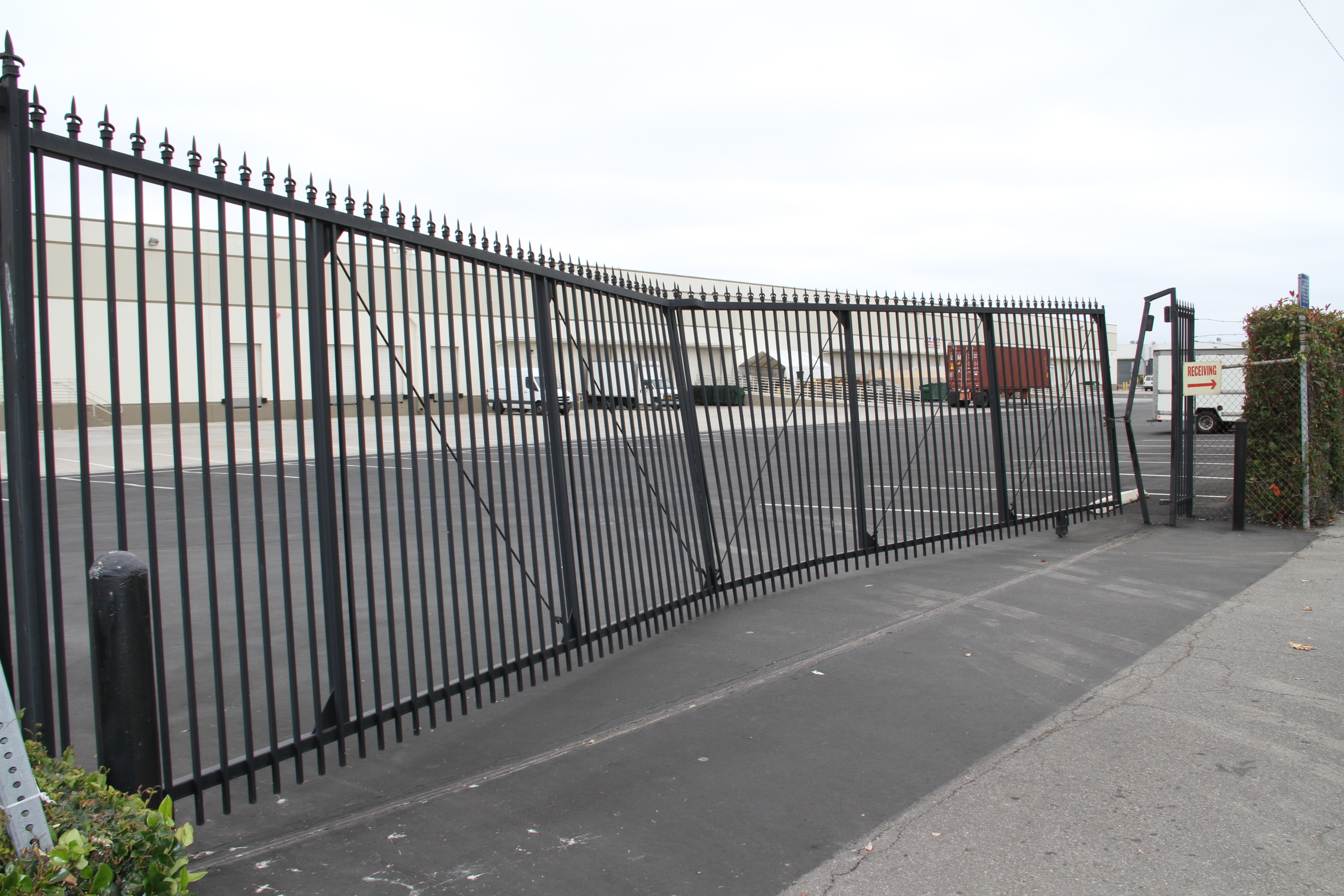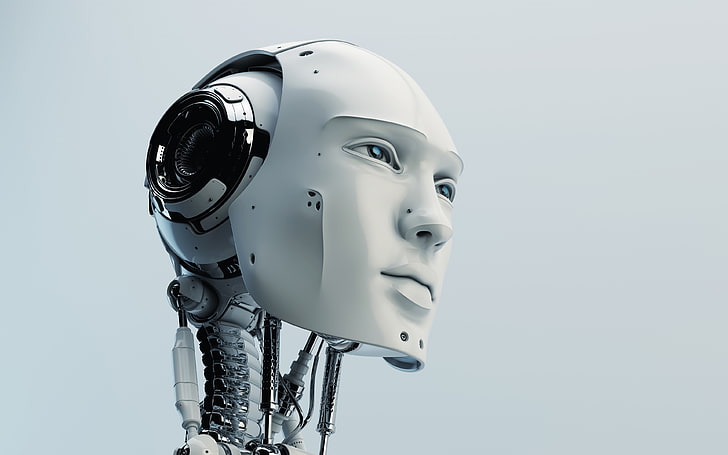
When it comes to elevating the look and functionality of your home, few elements are as impactful as siding, roofing, gutters and guards, and windows. These exterior features not only contribute to your home’s aesthetic appeal but also play crucial roles in protecting your property from the elements. Whether you’re building a new home or considering upgrades to your existing residence, understanding the options available can help you make informed decisions that enhance both beauty and longevity.
In this comprehensive guide, we will explore the intricacies of siding choices that can transform your home’s exterior, the roofing materials that offer durability and style, the importance of gutters and guards in managing water flow, and the windows that not only allow natural light to flood your interiors but also improve energy efficiency. By the end of this article, you’ll have valuable insights to elevate your home and ensure it stands out, all while keeping it safe and comfortable for years to come.
Choosing the Right Siding
Selecting the right siding for your home is a crucial decision that impacts both its appearance and overall protection. With a variety of materials available, such as vinyl, wood, fiber cement, and metal, each option presents its own unique benefits. Vinyl siding, for instance, is known for its durability and low maintenance, while wood siding offers natural beauty and a timeless appeal. Consider your local climate, the architectural style of your home, and your budget as you navigate these choices.
Durability is another essential factor to examine when choosing siding. For homes in areas prone to harsh weather conditions, opt for materials that can withstand wind, rain, and snow. Fiber cement siding is an excellent choice in such situations, as it is resistant to rot, pests, and fire. Conversely, if you live in a milder climate, wood siding may be suitable but will require more maintenance to protect it from potential issues like rot and insects over time.
Aesthetics should also play a significant role in your decision-making process. Siding can dramatically influence the character of your home, and it is important to choose a style and color that reflects your personal taste while complementing the neighborhood. Many siding materials offer a range of colors and finishes, allowing you to customize the look of your home. Take the time to explore different options and visualize how they will enhance your property’s curb appeal.
Essential Roofing Options
When choosing the right roofing for your home, it is crucial to consider the materials that will best suit your budget, climate, and aesthetic preferences. Asphalt shingles are the most popular choice for homeowners due to their affordability and ease of installation. They come in a variety of colors and styles, providing versatility for different architectural designs. Synthetic options also mimic the appearance of traditional shingles, offering added durability and resistance to extreme weather.
Metal roofing is another option that has gained popularity in recent years. This type of roofing is known for its longevity and energy efficiency, often lasting 50 years or more. Metal roofs reflect heat, which can contribute to lower cooling costs in hot climates. They are available in various styles, including standing seam and metal tiles, and can be an attractive addition to modern or industrial-style homes.
If you seek a more distinctive look, consider slate or tile roofing. Both options provide a high-end appearance and exceptional durability, making them suitable for historic or luxury homes. Slate is a natural stone that can last for over a century, while clay tiles offer excellent insulation and are resistant to fire. However, both materials require a stronger underlying structure and a higher initial investment, making them ideal for homeowners looking for a long-lasting roof that adds character to their home.
Gutters and Windows for Home Protection
Gutters play a crucial role in protecting your home from water damage by directing rainwater away from your foundation. A well-functioning gutter system helps prevent soil erosion, basement flooding, and structural issues that can arise from prolonged exposure to moisture. Regular maintenance, including cleaning out debris and ensuring proper drainage, can extend the life of your gutters and safeguard your home.
Windows, on the other hand, are not only essential for natural light and ventilation but also serve as a barrier against the elements. Energy-efficient windows can significantly reduce heating and cooling costs, while also improving your home’s insulation. Investing in high-quality window materials and installation ensures durability and contributes to your overall home protection strategy.
https://www.tlhomeimprove.com/
Combining effective gutters with well-insulated windows enhances the resilience of your home against harsh weather conditions. By paying attention to both elements, you create a comprehensive defense that safeguards your property, improves energy efficiency, and increases its overall value. Prioritizing these features is key to maintaining a secure and comfortable living environment.









